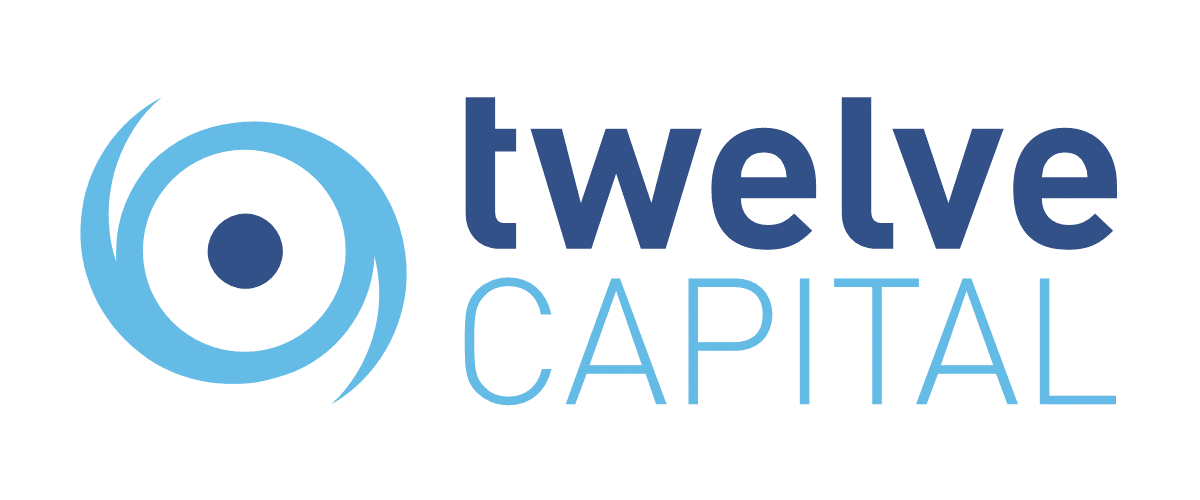Insurance bonds show resilience as spreads reset: Twelve Capital

Insurance bonds as an asset class are yet again showing their resilience amid recent market turmoil, while spreads have reset to levels last seen a few years ago, presenting an investment opportunity, Twelve Capital has said.
The insurance-linked securities (ILS), catastrophe bond and reinsurance focused investment manager believes that insurance bonds are currently exhibiting fundamentals that should make for an attractive investment entry point.
Having been one of the most resilient of the credit subsectors through crises and market turmoil, insurance bonds are once again exhibiting this resilience and this is attracting more investor interest, Twelve Capital believes.
“Insurance Bonds are attracting the attention of a broad investor base seeking compelling yields, eager to find a sector that benefits at its core from a rising rate environment and a sector that does not rely on low rates to fund growth,” the investment manager explained in a recent research note.
Adding that, “We firmly believe the sector starts 2022 from a position of fundamental strength, quality in assets and strong earnings generation.”
Financial market turmoil in January 2022 has impacted spreads across the entire credit universe, Twelve Capital explained, adding that this “sets the stage for a very interesting period for markets.”
For the insurance bonds segment of investments, spread levels have now reset to levels last seen in 2018/2019 the manager explains, which Twelve Capital says is “creating a new opportunity.”
At the same time, restricted tier one bond issuances from the insurance and reinsurance sector are growing in number as issuance rises.
Leading Twelve Capital to say that, “The spread offered on these structures can no longer be ignored by the wider credit community.”
“We expect RT1 to become more mainstream in 2022, whilst we expect the supply of T2 bonds especially from European insurers to be limited in 2022, this should insulate T2 structures from any further spread widening,” the investment manager explained.
Compared to other segments of financial market credit and bond issuances, insurance and reinsurance stacks up well.
“The relative value of Insurance Bonds versus banks and high yield is at compelling levels, especially when compared on price, spread and ratings,” Twelve Capital said.
Underpinning the opportunity in insurance bonds are the strong fundamentals and capital position of the industry.
“The resilience of the insurance sector during the heightened pandemic demonstrated to investors just how resilient the capital position of the insurance sector was. The sector remained financially healthy throughout the pandemic and to the best of Twelve’s knowledge there were no rating downgrades or defaults. The insurance industry benefits from a very strong capital position. The average regulatory capital ratio of the sector is expected to stand at 216% at FY21 according to Twelve Capital’s estimates,” the investment manager highlighted in its report.
Insurance bonds continued to outperform as well, having done so for some years now.
Twelve Capital said that, “Going back as far as 2017, subordinated Insurance Bonds have consistently outperformed both High Yield and Investment Grade bonds, and we expect that given the continuously improving fundamentals and strong solvency capital position, the sector should continue to perform and deliver appropriate returns.”
Right now, Twelve Capital sees longer-term value in insurance bonds, offering a reliable source of income at a time when other corporate bond segments are suffering from central bank actions and related uncertainty.
Restricted tier one structures are particularly compelling, as, “The recent market volatility has meant that the RT1 segment of the insurance capital structure is to set to benefit the most from spread compression or alternatively deliver an exceptionally compelling running yield,” Twelve Capital suggests.
There continues to be an additional “complexity premium” available in insurance bonds, as they remain overlooked and under-researched because of the complexity of the sector, Twelve Capital believes.
Supply of new issuance is also expected to be restricted, meaning demand will remain high for insurance bonds, helping to keep spreads contained, the manager notes.
At the same time, Twelve feels this segment has less rate sensitivity, making it an attractive option at this time.
Overall, in a world where inflationary factors are concerning markets, Twelve Capital feels the fundamentals of insurance bonds remain positive and they have some insulation from aggressive rate hikes as well.
“Despite the very challenging market volatility, European insurance companies have released strong and improving solvency regulatory ratios over the past couple of years,” Twelve Capital highlights.
Adding that, “It is one of the very few sectors that an increase in interest rates ultimately leads to an improvement in credit metrics, in this case Solvency II.”






